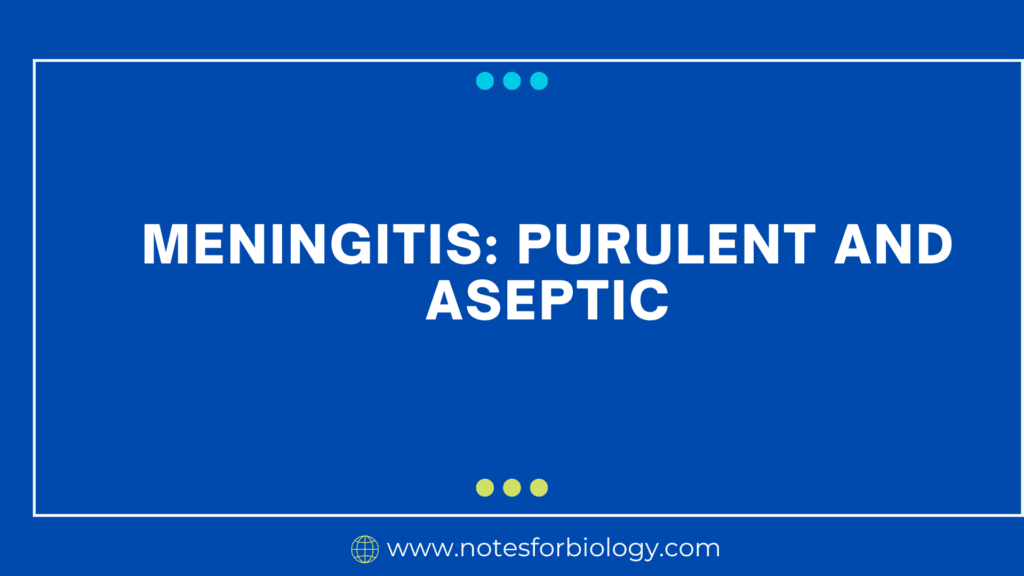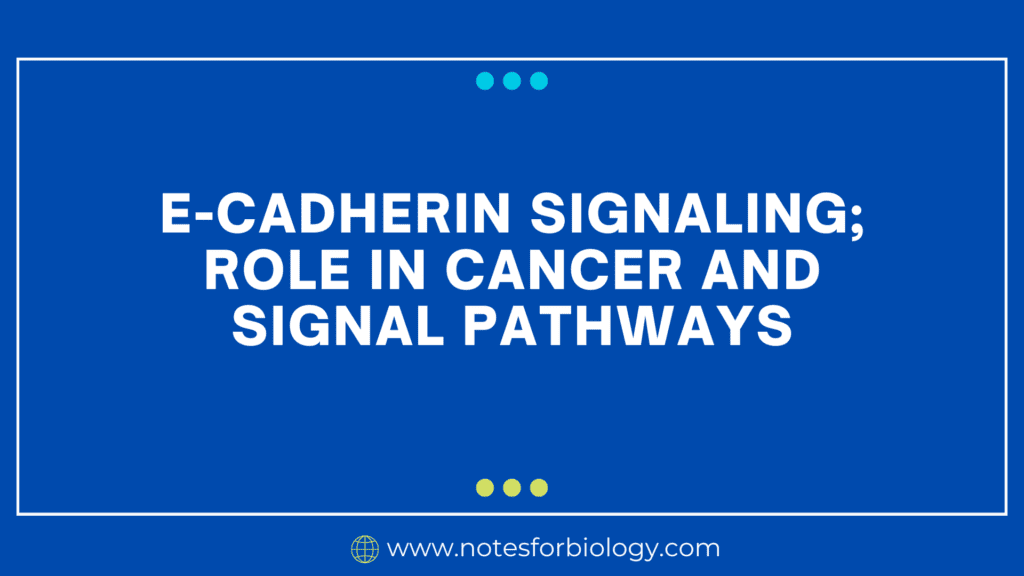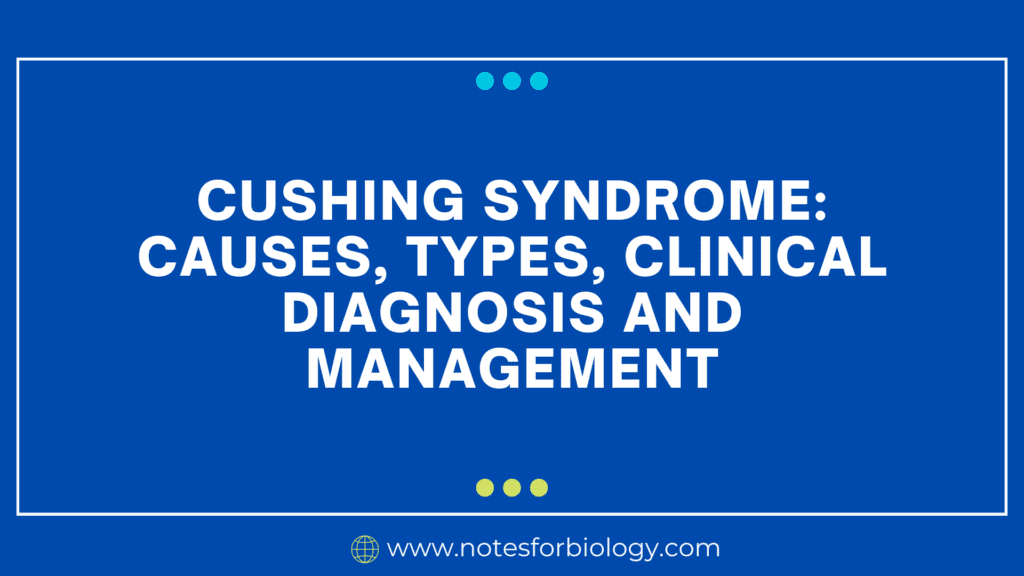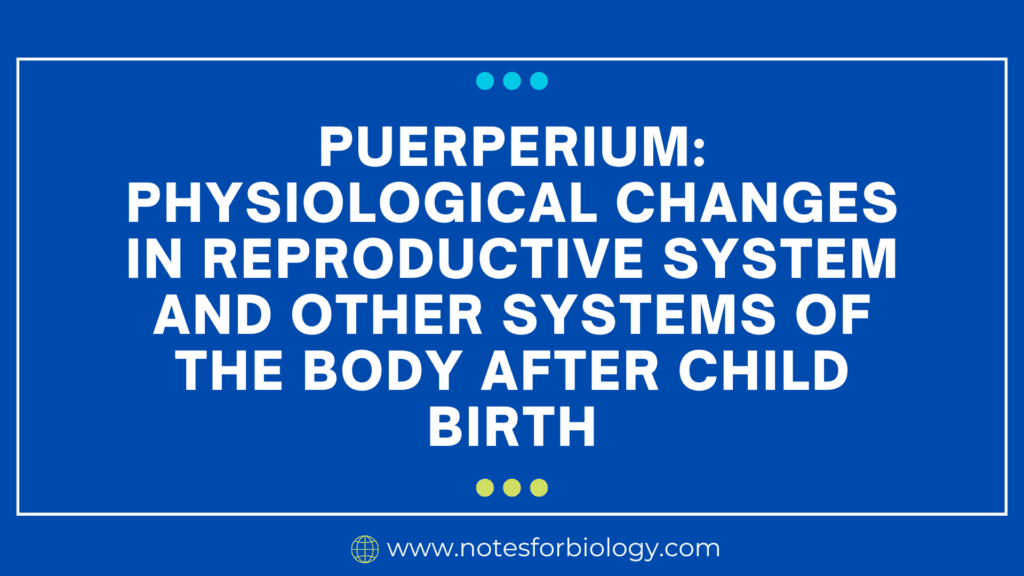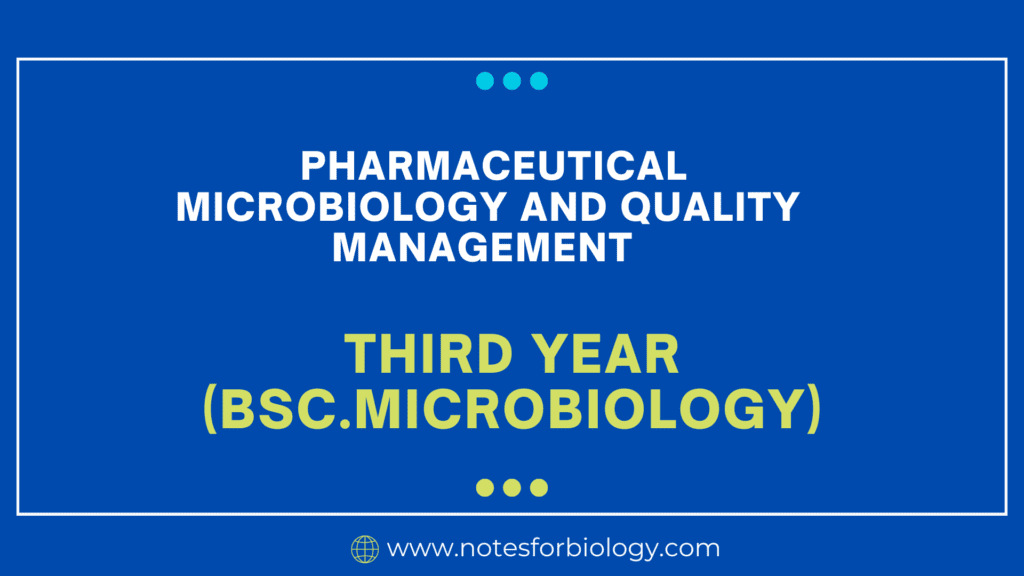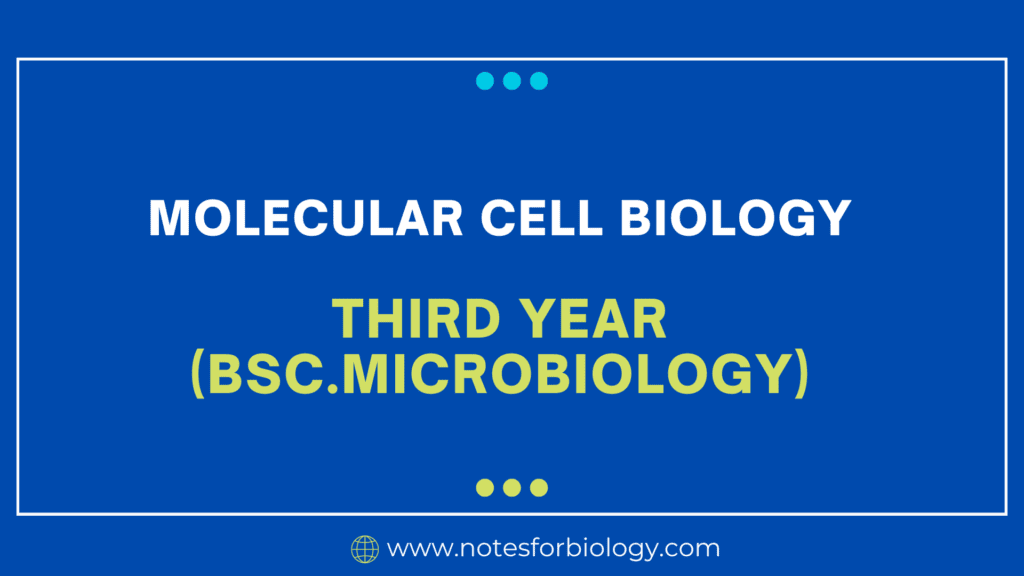Meningitis: Purulent and Aseptic
Meningitis is an inflammation of the protective membranes surrounding the brain and spinal cord, known as the meninges. It may be categorized into two primary types: purulent (bacterial) and aseptic (viral or other non-bacterial causes). Here’s an in-depth look at both. Purulent Meningitis (Bacterial Meningitis) Bacterial infections induce purulent meningitis, which results in pus collection […]

